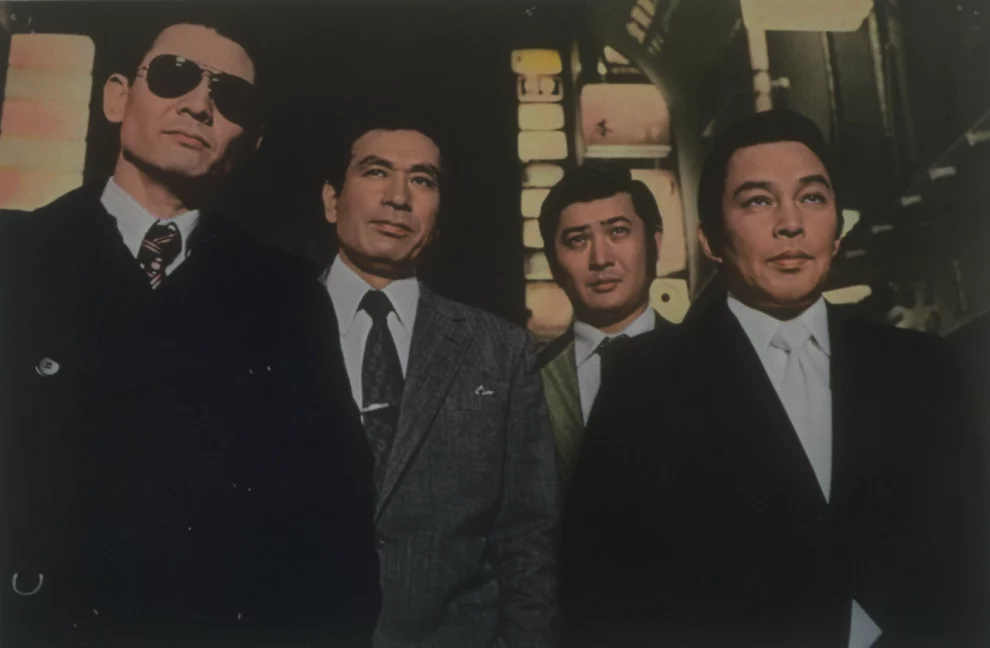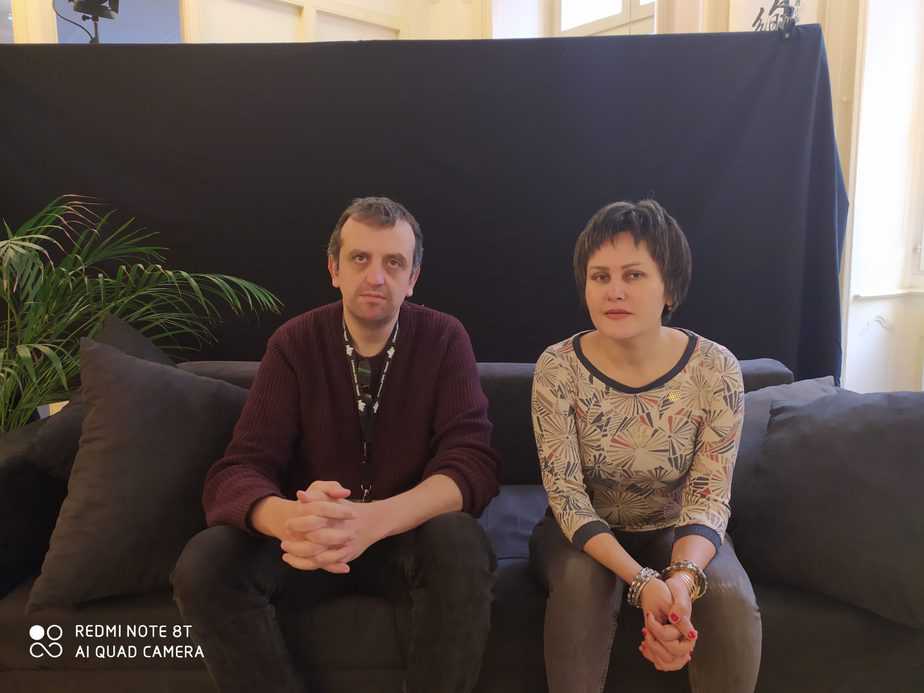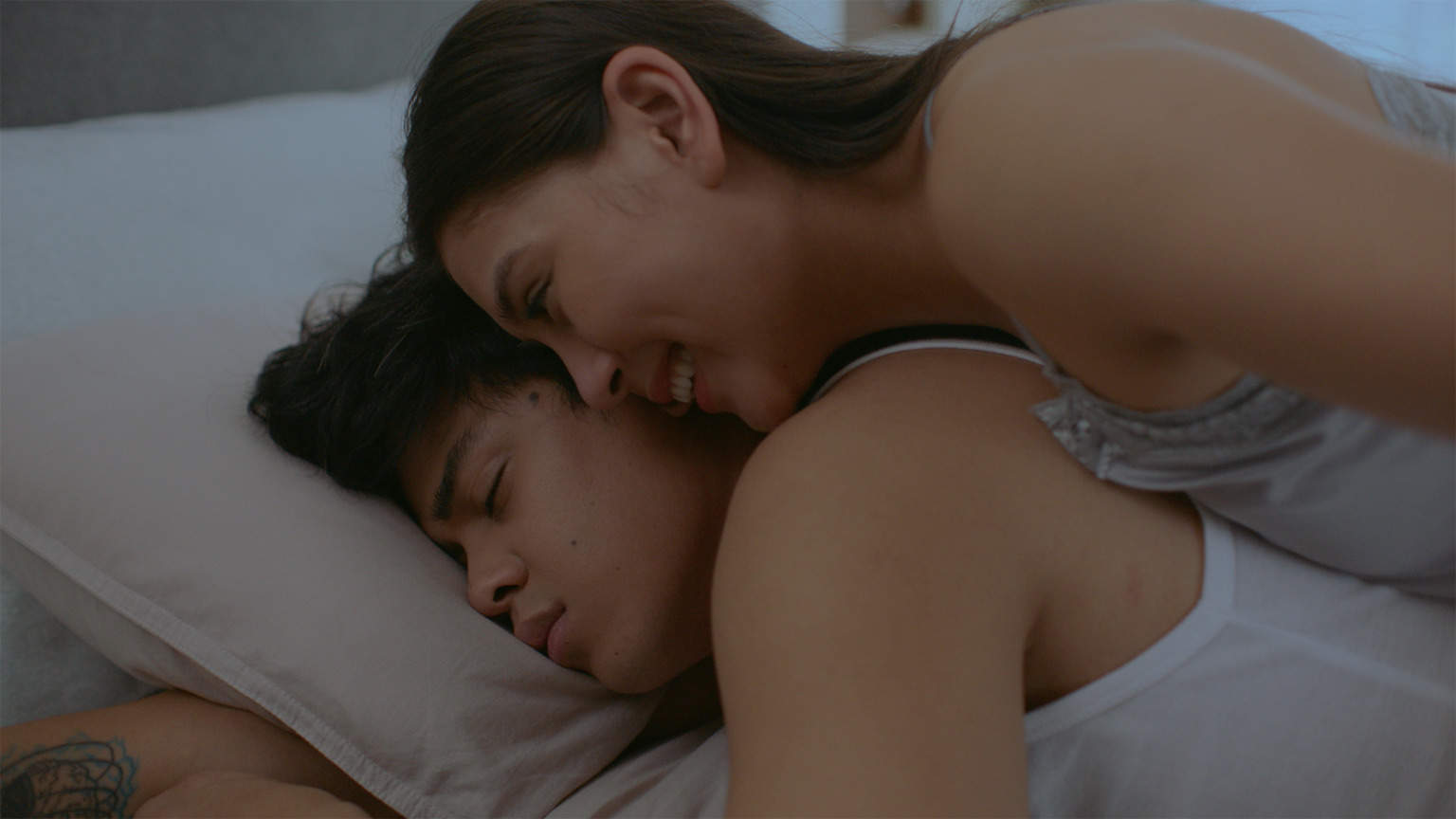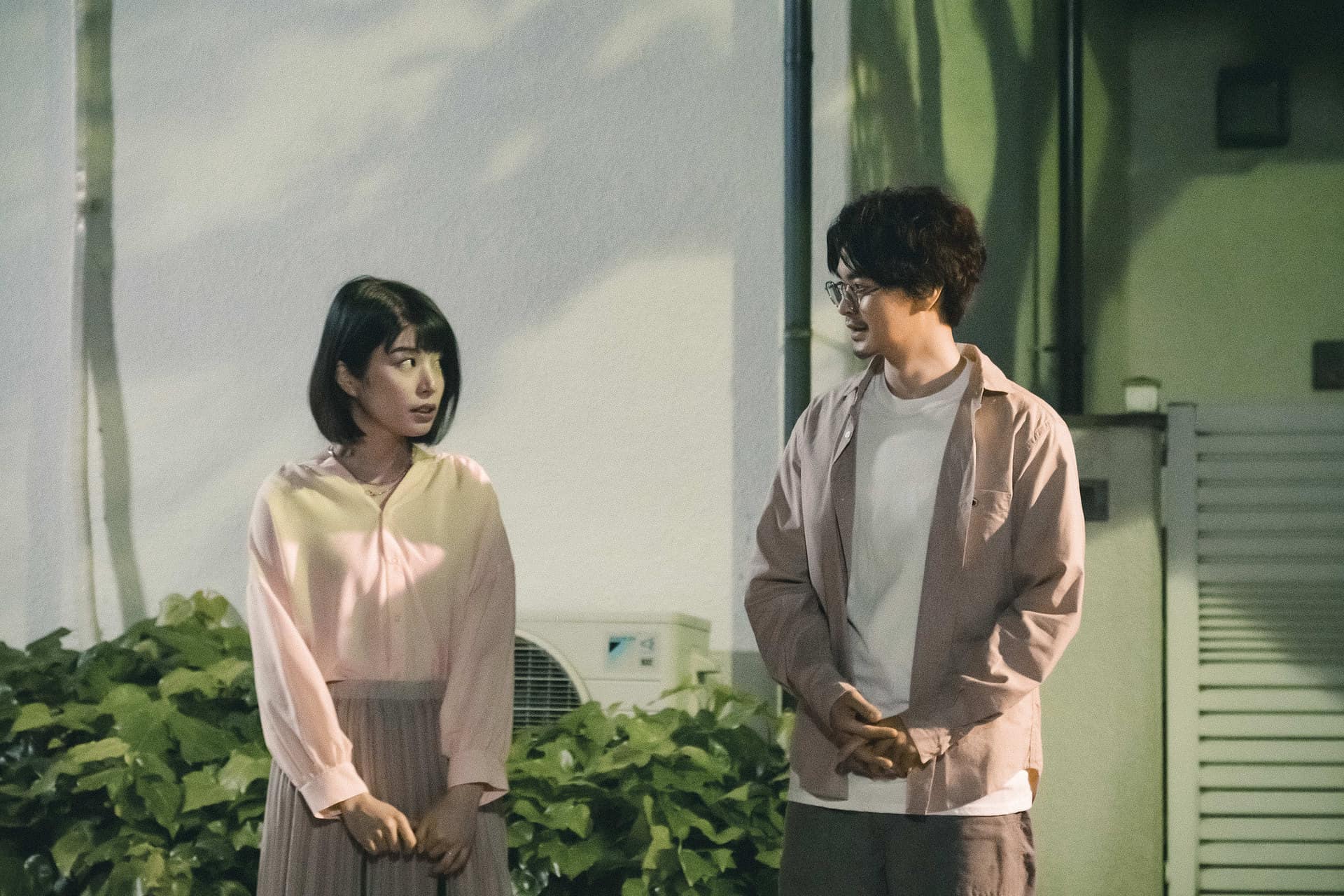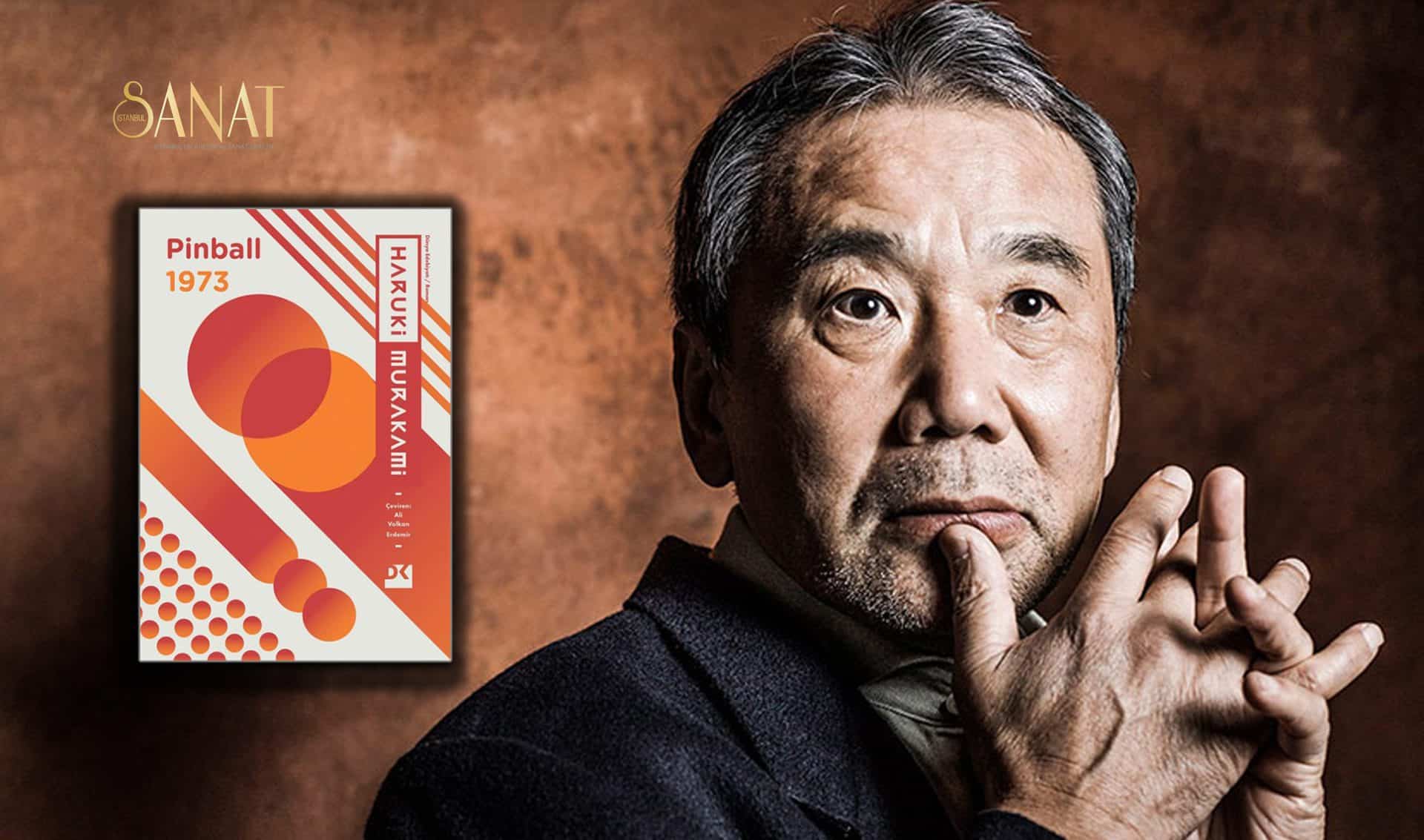The beginning of the 1970s marked a critical period for the Japanese film industry, as it finally realized it had to come to terms with a changing audience that was more than willing to switch to foreign productions or the television set if their demands were not met. It was also the start of an incredibly creative period in mainstream cinema, with many directors suddenly concentrating on other genres or finally experiencing a kind of freedom they felt they had been denied before. With Kinji Fukasaku's highly successful “Battles Without Honor and Humanity”-series becoming a new milestone within the Japanese gangster film, many wanted to have their piece of the success. Having collected experiences in many genres besides chanbara, which he still stayed somewhat faithful to in the coming decade, director Hideo Gosha turned to the yakuza genre too with features such as his 1974 effort “Violent City”, which even stars Bunta Sugawara, who plays the main character in Fukasaku's aforementioned series of films.
Violent City is screening at the Metrograph as part of the Hideo Gosha x3 program
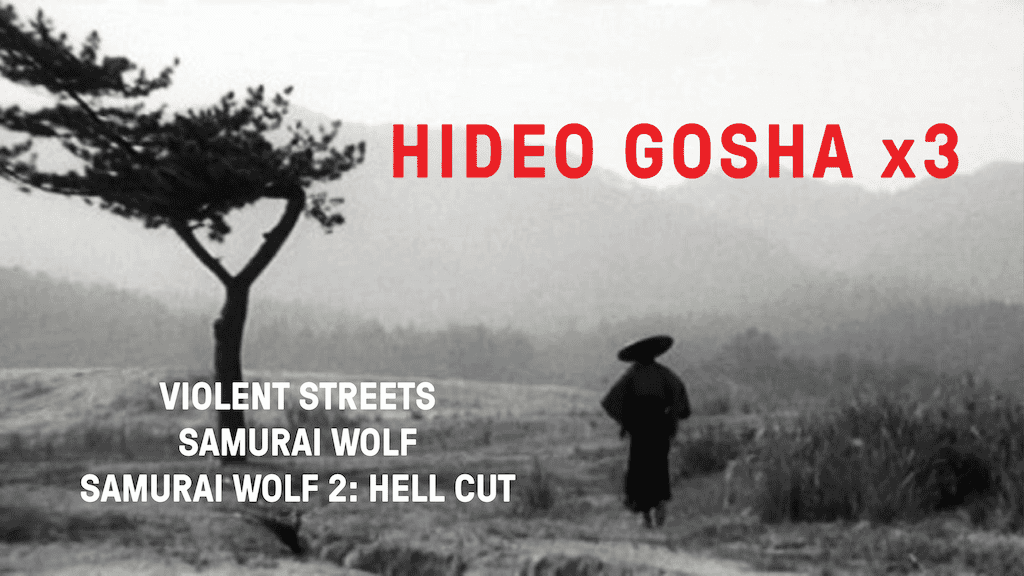
After he had to disband his former family and made his peace with leaving the yakuza for good, former crime boss Egawa (Noboru Ando) was given a popular bar called “Madrid” as a farewell present and is quite content spending his days as the establishment's manager and solving the occasional brawl in his favor. Meanwhile, his former associates and foot soldiers are restless, trying to convince him to get back into the crime world and re-start his family, which he rejects, considering there are not even “real” yakuzas anymore. However, for quite some time, his former boss wants him to give back the bar, as a means to have a tactical advantage in what could be a future turf war with an opposing clan from Osaka, who has been extending its power throughout Japan in rapid pace.
Things start to escalate as Egawa's former soldiers decide to take matters into their own hands, kidnapping and accidentally killing a popstar (?) from his former boss, whose men first begin to suspect the Osaka clan. As his only remaining ally still working for the boss, Yazaki (Akira Kobayashi) tries his best to negotiate between the parties, not wanting to see the truth and confront the man he respects. At the same time, as he learns about their botched kidnapping, Egawa has to decide whether he will remain neutral in this war or whether he should do what his men has been asking him ever since he retired from the yakuza.

By the time Hideo Gosha made his first venture into the yakuza-genre, there were already a number of features containing similar themes and characters as “Violent City”. There are instances, even those not including Sugawara, which could have been copied directly from one of Fukasaku's contributions to the genre, as they have the same kind of energy and roughness to them. This becomes even more evident in the violence on display here, which is at times quite graphic, with people being shot in the head point-blank or being hit with several glass bottles until their head is a bloody mess. At the same time, you cannot deny the obvious talent behind these scenes, in their dramaturgy and their execution, as Gosha demonstrates a technical prowess similar to his skill within the chanbara genre.
Additionally, Gosha's feature presents a level of escalation within the gang rivalries and former allies which is not only violent but also quite uncomfortable sometimes. Scenes such as the death of Minami, the unfortunate media star who has been kidnapped, or a man's execution and fight to the death in what seems to be a dump for mannequins, with the dead eyes of them bearing silent witness to the gruesome scene are among the most prominent samples. Hideo Gosha demonstrates his skill in showing the mercilessness of this world, which, combined with the gritty, realist approach by cinematographer Yoshikazu Yamazawa, feels like a punch to the gut.
Again, similar to other yakuza features of the time, “Violent City” also has a respectable ensemble which makes the task of praising one over the other almost impossible. What needs to be mentioned, however, is the encounters between Noburo Ando's and Akira Kobayashi's characters, with the former finding himself in a situation he originally wanted to avoid and returning to his old ways as a gangster, and the latter having to find the right maneuver within a system where the word “yakuza” has become something of a taboo, even though the hierarchies and the methods have not changed.
In the end, “Violent City” may not be the most original entry within the yakuza genre, but it most certainly is very entertaining in parts and quite visceral in others. Director Hideo Gosha demonstrates his solid talent for the genre in the way he handles the various characters and the inevitable themes of murder, greed, corruption and betrayal.


